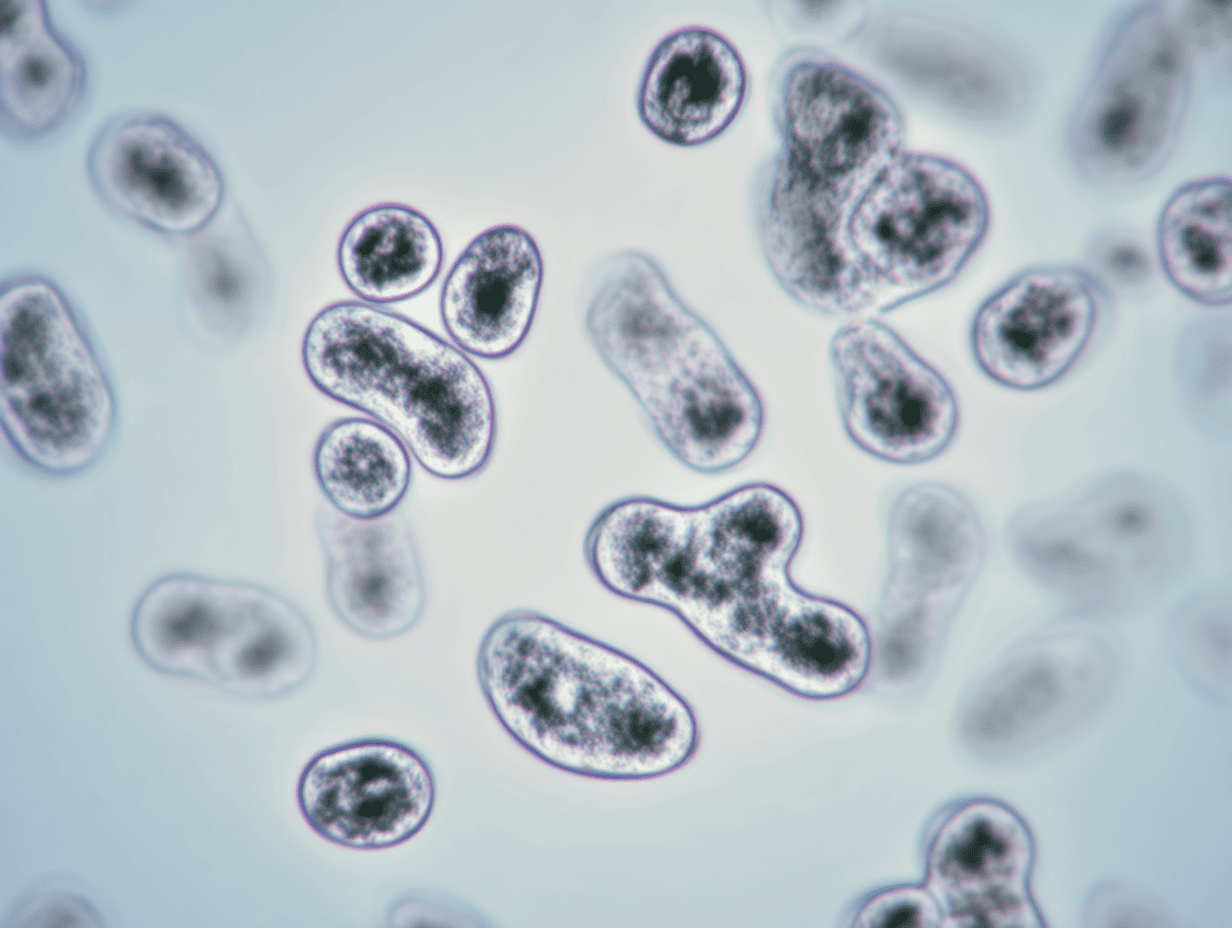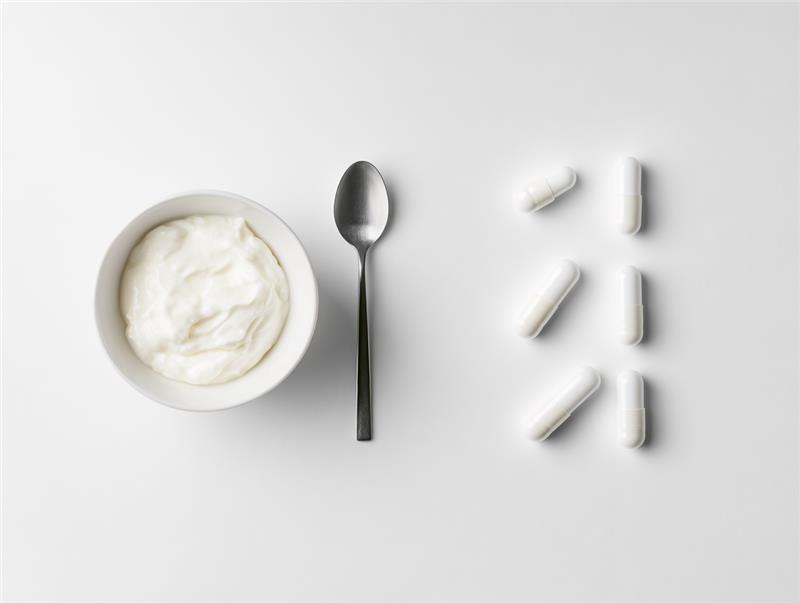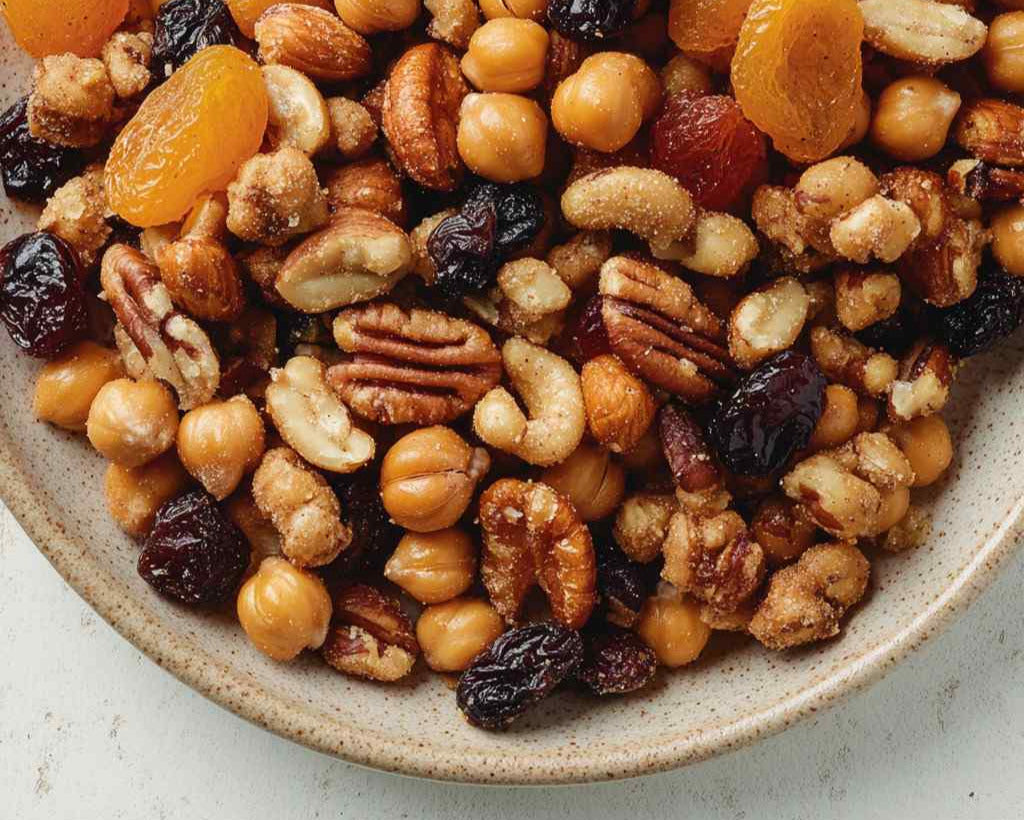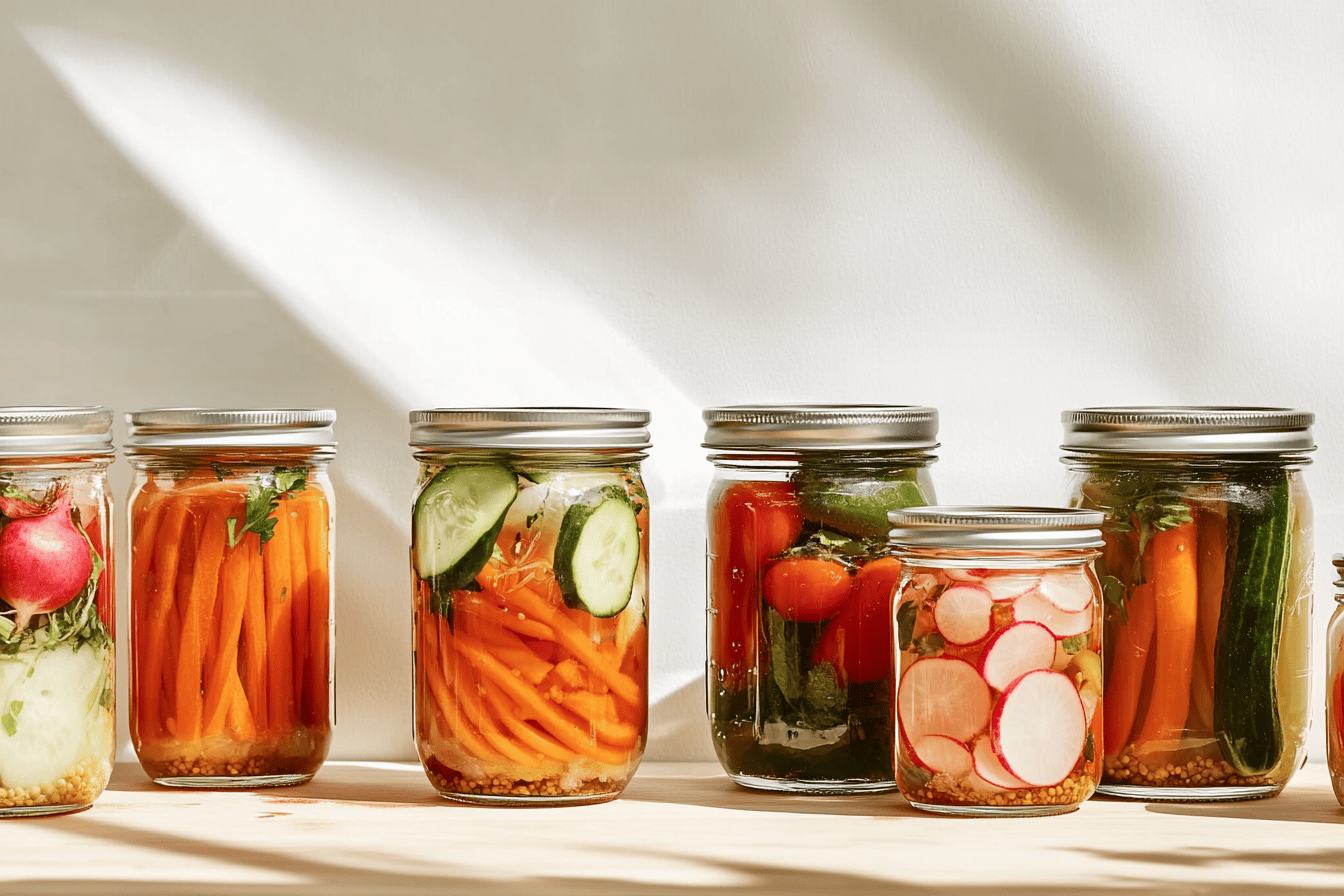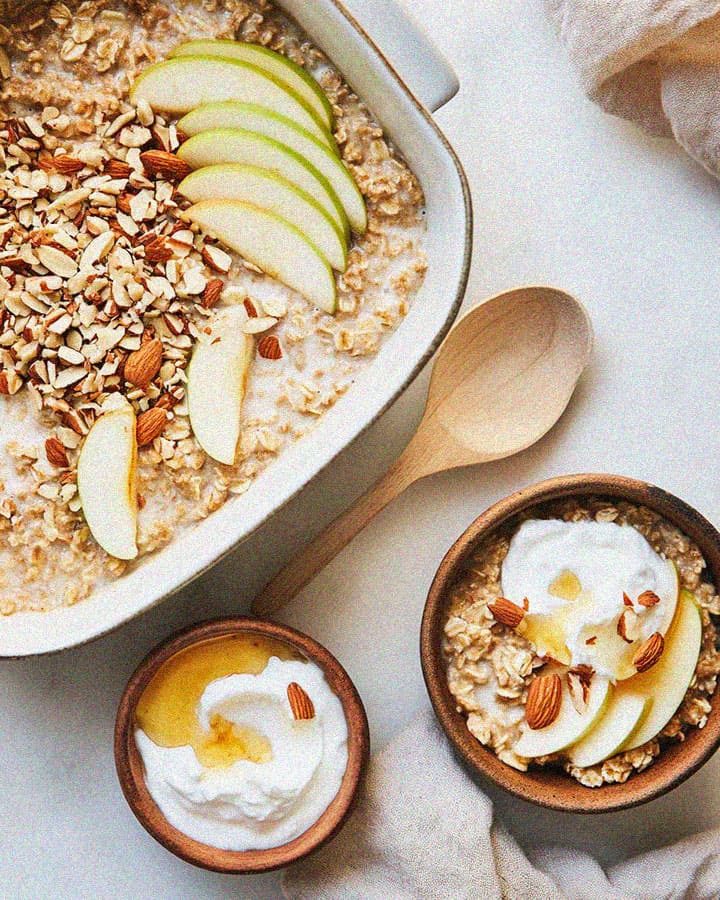Early life nutrition builds the foundation for a healthy future
The early years of a child's life represent an extraordinary period of growth and development. During this critical window, proper nutrition literally shapes the architecture of the brain and lays the foundation for lifelong health.
The first 1,000 days of life—from conception through age two—form a critical window that shapes a child's future health. During this period, proper nutrition builds brain architecture and establishes lifelong wellbeing¹.
Between ages 1 and 4, children undergo dramatic transformations. A toddler learns to walk, run, and climb. Their vocabulary explodes from a handful of words to complete sentences. Their brain forms millions of new connections every day. Behind all these achievements lies the fundamental role of nutrition, providing the building blocks for strong bones, healthy muscles, and optimal brain development².
When children receive the right balance of nutrients, they develop stronger immune systems, sharper minds, and more energy for learning and play. Perhaps most importantly, these early years are when children develop their relationship with food(for better or for worse)³. The eating habits formed during this time often persist into adulthood, making early childhood a unique opportunity to establish patterns of healthy eating that can last a lifetime, and set the foundation for a lifetime of good health.

Childhood health crisis: how processed foods undermine our kids' well-being
As parents, we want the best for our children. Yet, peek into most family kitchens today, and you'll find a troubling reality: processed foods have taken over our children's meals. From sweetened infant formulas and continuing through sugary cereals, lunch box treats, and ready-made dinners. In France alone, the impact is clear:71% of children exceed recommended sugar intake,⁴ while 46% of their daily calories come from ultra-processed foods⁵. Most concerning, 18% of children are now overweight or obese⁶—part of a global trend where obesity rates have doubled in adults and quadrupled in adolescents since 1990⁷! These numbers reveal a broken food system. While grocery stores are full of convenient options, most are designed for taste and shelf life rather than nutrition - putting children's health at risk.

The hidden dangers of ultra-processed foods (UPFs)
Ultra-processed foods(UPFs) are so complex that you couldn't replicate them in your kitchen. If a food label lists unfamiliar ingredients, it's probably ultra-processed. These products are designed for convenience and affordability, often ready to eat or heat, and have long shelf lives. They're made to be irresistible, encouraging you to eat more.UPFs undergo significant modifications and contain high levels of unhealthy fats, refined sugars, and salt. They also undergo industrial processes, like hydrogenation and moulding, and contain additives like dyes, stabilizers, flavor enhancers, emulsifiers, and defoaming agents⁸.These foods are very calorie-dense and don’t contain many, if any, valuable nutrients.
Examples of common ultra-processed foods include:
- soda and carbonated drinks
- sweet and savory packaged snacks (e.g., chips and cookies)
- breakfast cereal
- instant noodles
- microwave-ready meals
- energy bars or granola bars
- candy
- fast food
- sausages, hot dogs, and cold cuts
- store-bought bread
Baby formula, biscuits, mass-produced breads, and most breakfast cereals are examples of UPFs in children's diets.The widespread availability of these foods makes it difficult for families to choose healthier options, with parents often struggling due to time constraints, budget limitations, and the prevalence of unhealthy food choices. So much so that a study of French children and adolescents found that:
- UPFs made up 44.2% of the total energy intake for children and 44.5% for teenagers.⁹
- On the market, 8.5 out of 10 foods presenting a favorable NutriScore (Score A or B) on pack is ultra-processed.¹⁰





